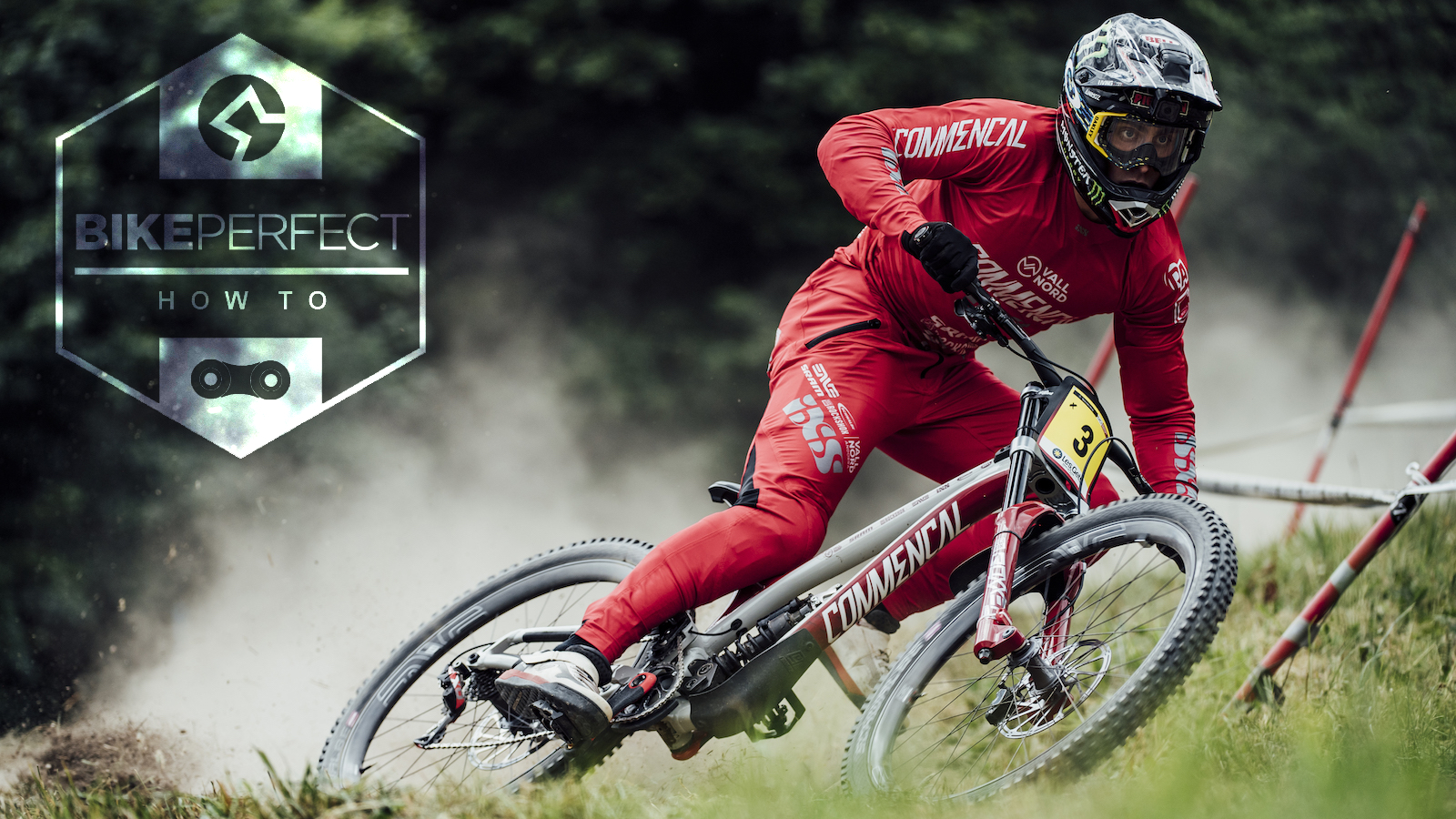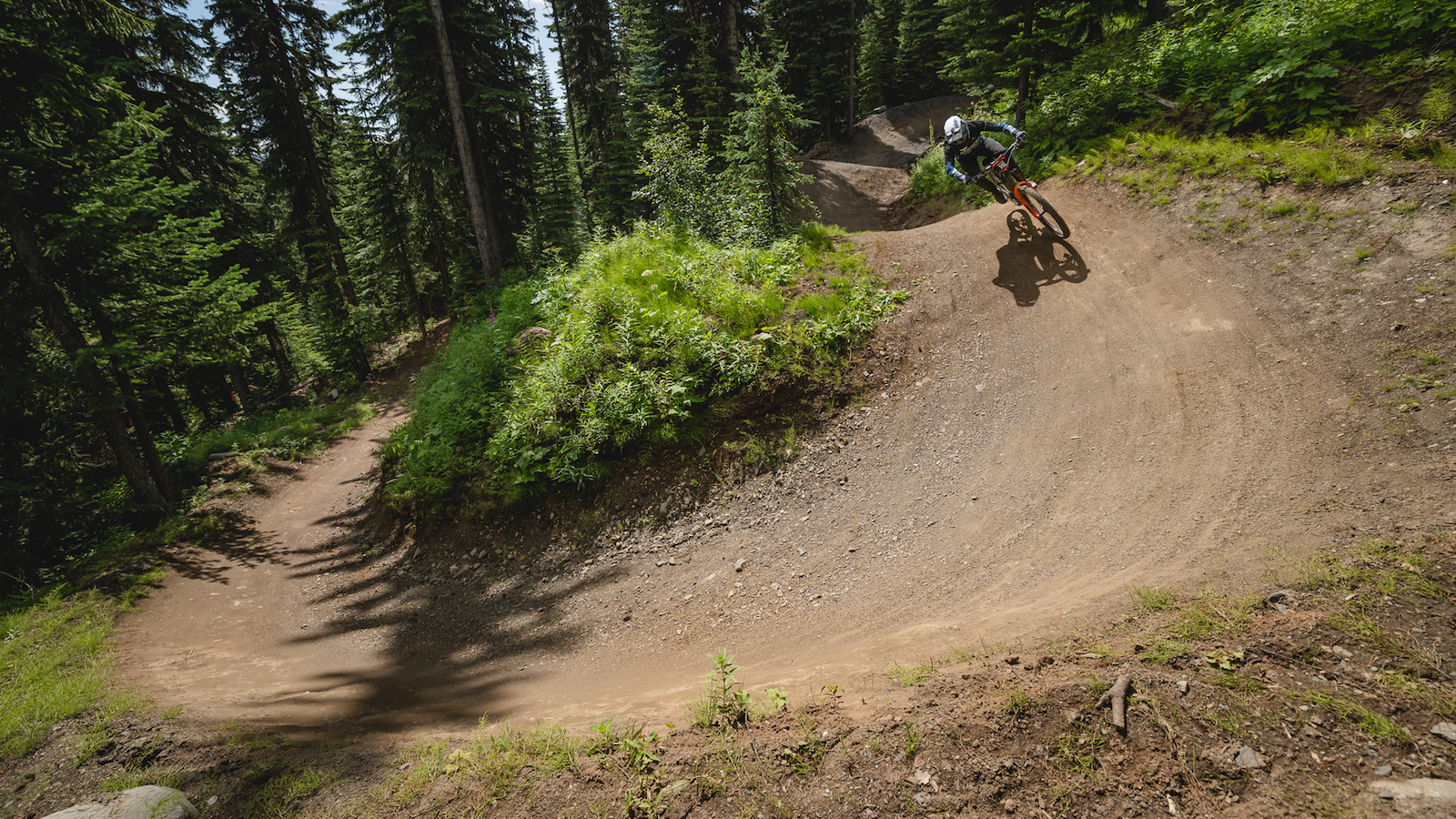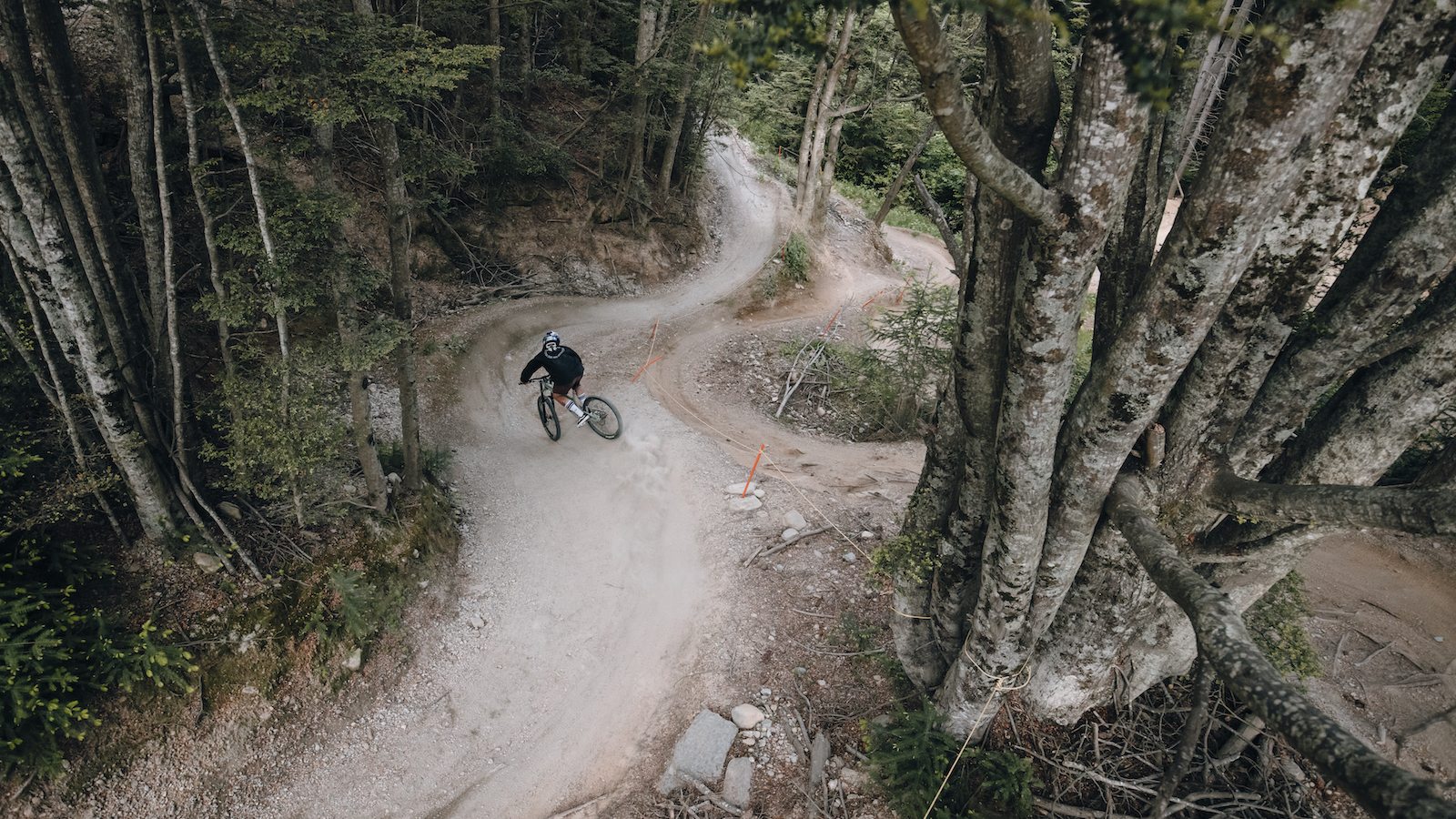How to drift a mountain bike: Crossing the line of traction
Drifting can help you navigate around loose corners faster, here's how to do it

When talking about mountain bike skills and cornering, we are almost always talking about traction. For the majority of scenarios, it's faster and certainly safer for the best mountain bike tires to have a solid lock on the ground.
That's the whole purpose of tires after all. Engineers wouldn't spend so much time developing tread patterns and rubber compounds if grip and traction weren't so important.
Sometimes grip can be at a premium, and that's where drifting can be helpful. Drifting a mountain bike is a more advanced move, which takes a lot of comfort with handling your bike in an unpredictable environment.
What is drifting? Drifting is when you are going around a corner, and your tires break traction. If done accidentally this can lead to a crash but in the right scenarios, it can also be utilized to navigate difficult corners faster. Here we are going to show you how to do it intentionally so you can add this useful maneuver to your mountain bike skills repertoire.
Why would you want to drift? In some corners, there is simply not a lot of traction on offer. Performing a controlled drift can help you get through the corner faster and more fluidly.
One scenario where drifting is perfect is a fast, downhill corner on a fire road or double track. Drifting can work on singletrack, but you have less room to work with.
When drifting, you want the rear tire to do most of the sliding. If your front tire slides out, that's a quick way to send yourself to the ground. Two-wheel drifts can look really cool, but they're really hard to pull off.
To do a drift, you want to come into the corner with speed. If you go too slow, you won't be able to break traction and it will feel pretty awkward. You also want your center of gravity to be lower. Get in the attack position with your elbows out and knees bent.

Next, take your inside foot off the pedal. This will help you control the drift and stabilize yourself if the drift goes too far. Lean the bike over, and try to unweight the rear tire.
If the corner is particularly loose, this will be enough to start drifting. If you are struggling with breaking traction, you can slightly engage the rear brake. Don't hit the rear brake too hard though, as this will cause a skid. Skidding damages the trail and can lead to you losing control of the bike.
To come out of the drift, push your foot off the ground and straighten your bike.
You can also use these skills to help control an unintentional drift. Unintentionally drifting in flat corners is the trickiest situation, since there' nothing to catch your tires. In that case, try to get your foot down and straighten out the bike.
If you're riding a berm or banked corner, there is a better chance that the unintentional drift can be controlled. This is because there is more support provided by the berm, so your tires have dirt to hook up into. Try to weight your tires into the trail surface to get them to dig into the dirt and find traction.
Being able to utilize a drift mid-trail is a vital skill for mastering how to ride in the rain but can also be used in dusty, loamy or loose conditions. The technique will likely need to be a little different from the drift technique used on a wider trail. Generally, the drift will be smaller in terms of sliding distance and there may not be space or time to take your inside foot off. Instead, you must rely more on hip movement and dramatic changes of weight to break traction.
Choosing to apply a drift can be an excellent technique when deciding how to ride switchbacks that aren't too steep or tight. It's vital to pick your proposed drift point carefully, whether it's to orientate the bike into a catch berm or rut or pivoting the bike out the corner ready to pedal down the trail.
Either way the approach is the same, with the pedals level initiate the drift by pushing the bike into the ground and then unweighting the rear wheel while simultaneously turning your head and hips to face the direction you want to go. The rear wheel will break free momentarily pivoting the bike by sliding the rear wheel.
The rear wheel can regain traction by either re-weighting the rear wheel or utilizing support from a bank, berm or feature on the trail. If you find the rear wheel drifts too much turn make sure your front wheel is pointing in the direction you want to go and move weight back over the rear wheel to try and regain traction, if this is unsuccessful you will need to take your inside foot off to dab the trail to stand the bike up and end the drift.
The most important thing when you lose control of a drift is to not pull the rear brake as this will cause the rear wheel to slide more rather than slowing you down and helping you regain control.

Drifting a mountain bike is all about controlling your bike. But what makes it difficult is the unpredictable nature of a drift. You never know fully how far your bike will slide or what path you'll take.
Practicing drifts can help a rider become more comfortable with unpredictable trail scenarios. This is a great skill to have since trail conditions are constantly changing. A key element of singletrack riding is being able to think quickly and roll with the punches.

Graham Cottingham joined the BikePerfect team as our senior tech writer in 2020. With over 20 years of riding experience, he has dabbled in downhill, enduro, and gravel racing. Not afraid of a challenge, Graham has embraced bikepacking over the last few years and likes nothing more than strapping some bags to his bike and covering big miles to explore Scotland's wildernesses. When he isn’t shredding the gnar in the Tweed Valley, sleeping in bushes, or tinkering with bikes, he is writing tech reviews for BikePerfect.
Rides: Cotic SolarisMax, Stooge MK4, 24 Bicycles Le Toy 3, Surly Steamroller
Height: 177cm
Weight: 71kg
